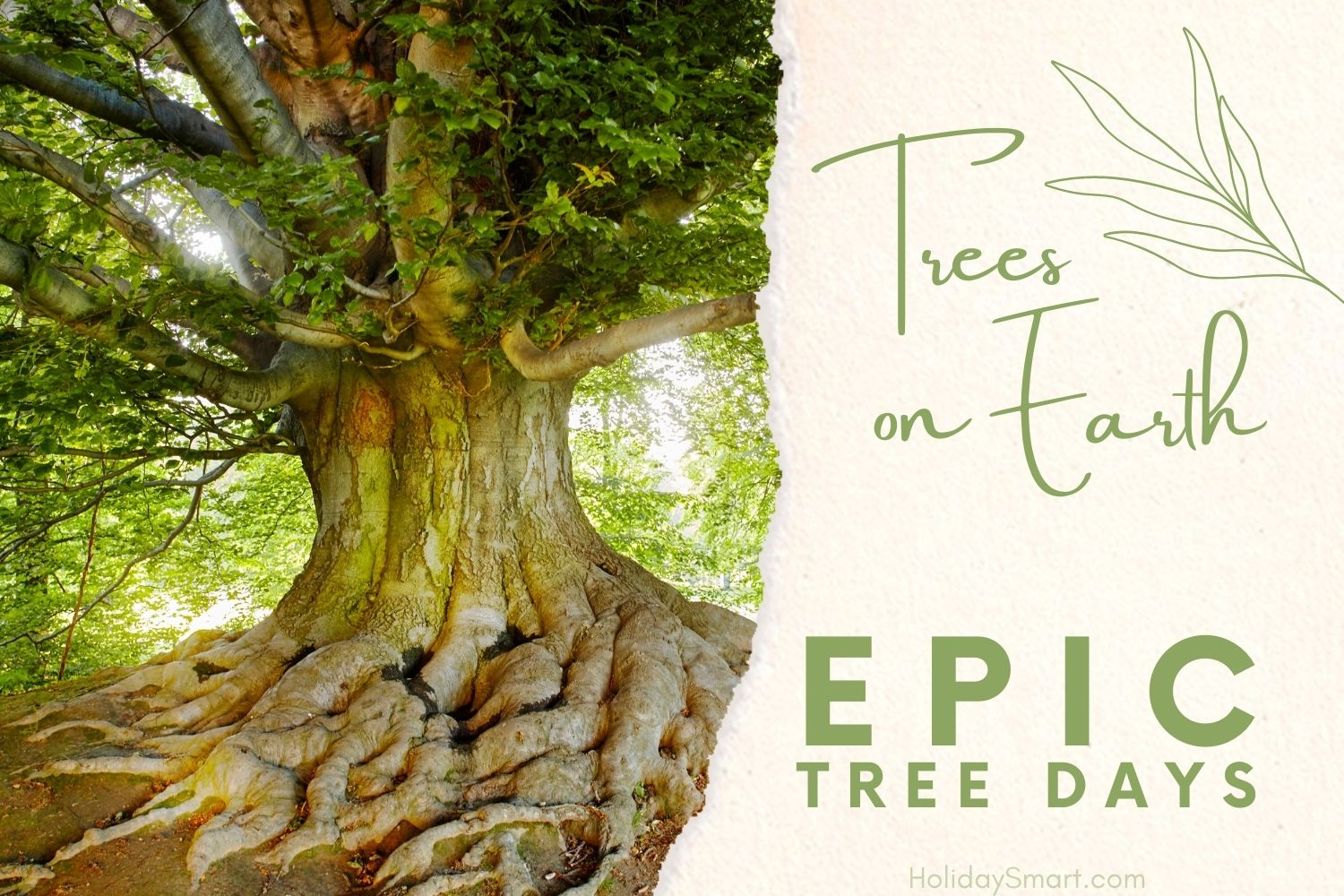Why we put up Christmas trees
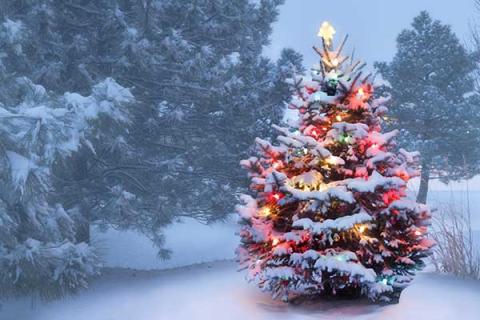
There’s nothing that signifies the holiday season as much as Christmas trees. The end of November means seeing them in town squares and home windows everywhere you go. That star-topped tree is so synonymous with Christmas that we put them up each year without giving much thought to where they came from. And that’s probably because the connection between the evergreen fir tree and winter holidays goes back to before Christmas was even celebrated.
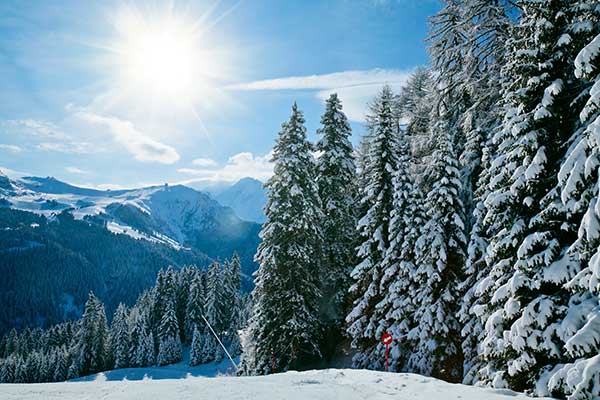
Winter Solstice was the main predecessor to Christmas. It celebrated the shortest day of the year in European cultures when it was often very cold and snowy. Plants that stayed green all year were considered to be good signs. They symbolized that summer would come again no matter how cold it seemed now. Many people brought branches from these trees into their homes and hung them above their windows and doors to ward off all kinds of evil. Similar traditions existed in Ancient Roman and Egyptian solstice traditions as well.
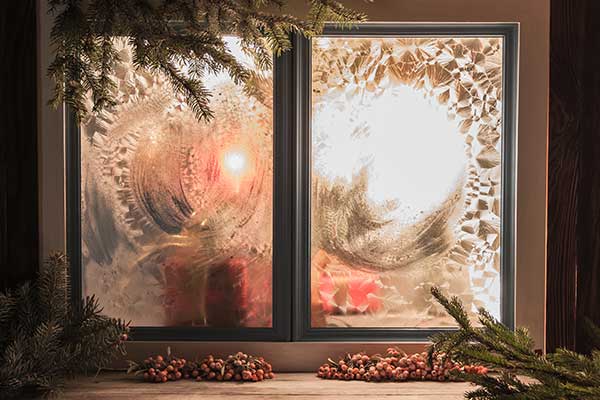
The modern tradition of the Christmas tree probably branched out from old solstice traditions. The first record of a Christmas tree being decorated for Christmas comes from Riga, Latvia in 1510 when a tree in the marketplace was decorated and the people danced around it and set fire to it.
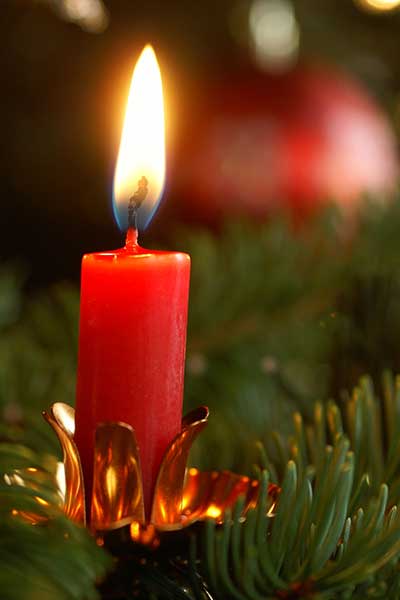
The tradition of Christmas trees being brought into the house and decorated comes from Germany in the 1500s.
The credit is often given to Martin Luther, the father of Protestantism. It is said that Luther saw the stars shining through the evergreens when he was out walking at night.
He was so awed by the sight that he decided to recreate it in his home by erecting a tree and decorating it with candles.
There’s no way to know for sure if this story is true, but it led to people all across Germany putting trees in their own homes and decorating them with candles, a tradition that eventually gave way to the stringed Christmas lights we use today.
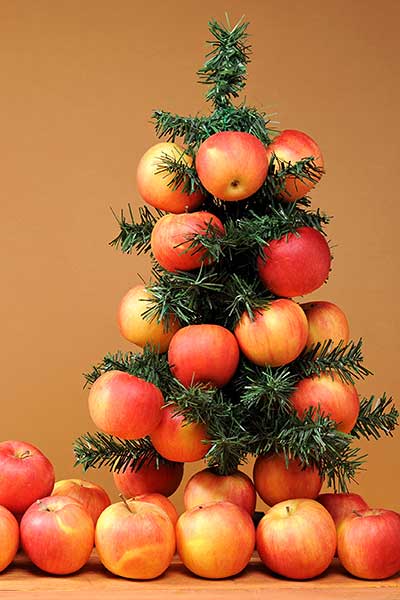
People who could not have tress in their house would often make a pyramids out of wood and decorate it to look like a tree.
Early Christmas trees were also decorated with apples and other edible treats, so much so that they were sometimes called sugartrees.
This tradition still lives on today in the form of candy canes and other edible decorations, but it also led to the use of ornaments as we know them today.
It was the Germans who brought the Christmas tree and the tradition of putting presents under it, to the United Kingdom and the United States, where people from all over the Christian world lived and eventually adapted the tradition for themselves. It took off in the United Kingdom when Queen Victoria fell in love with idea and set up a tree for the royal family in Windsor Castle, making it fashionable for other families to do the same. The Christmas tree soon became more commercialized and thus became a known Christmas symbol all across the globe.
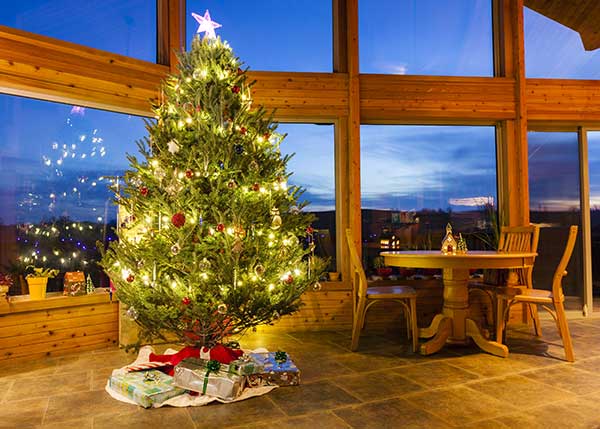
Christmas Trees are now a big part of our culture and comes in many styles of tree, colors, sizes and decorations. It has become a symbol that is known across the globe during the holiday season to celebrate the spirit of Christmas.




